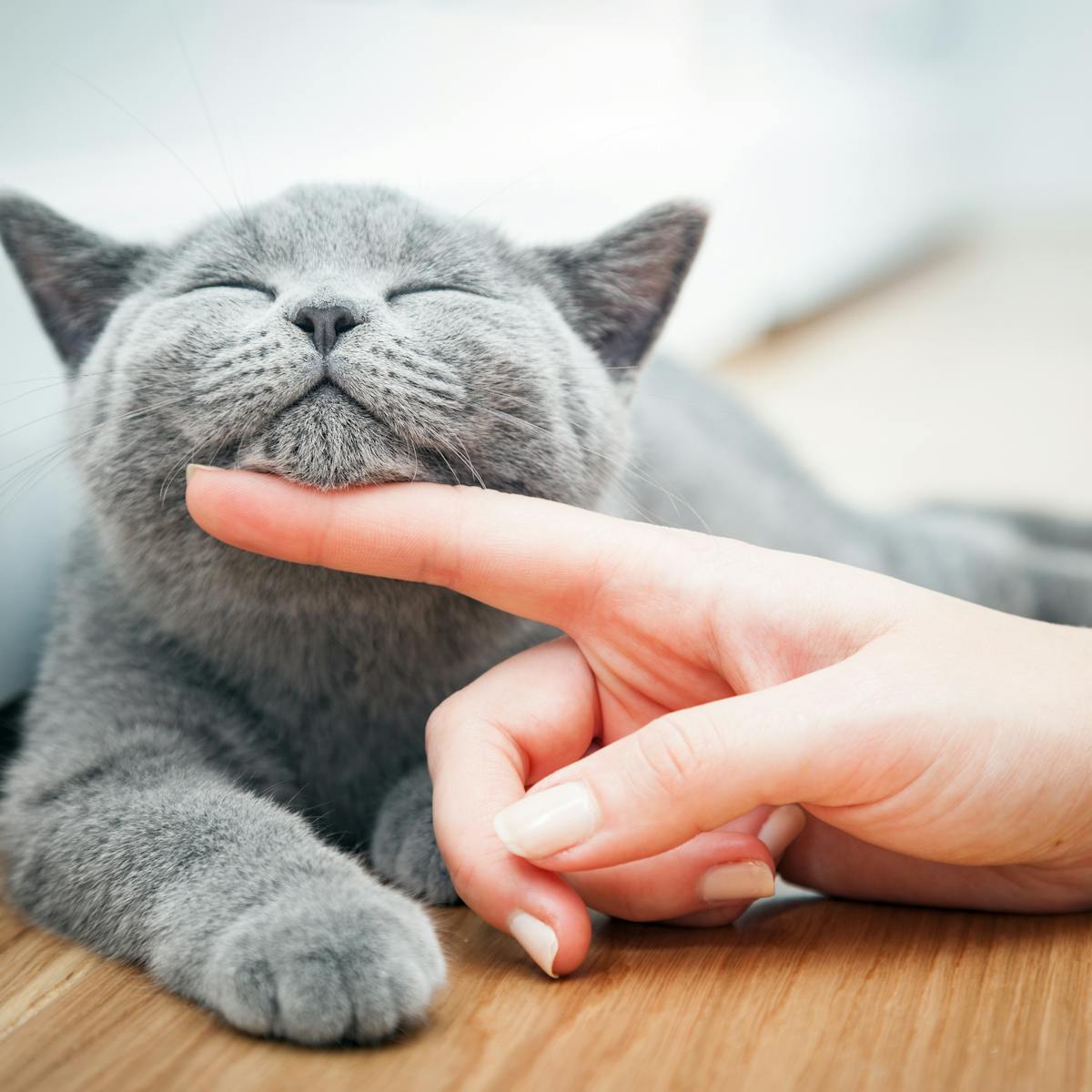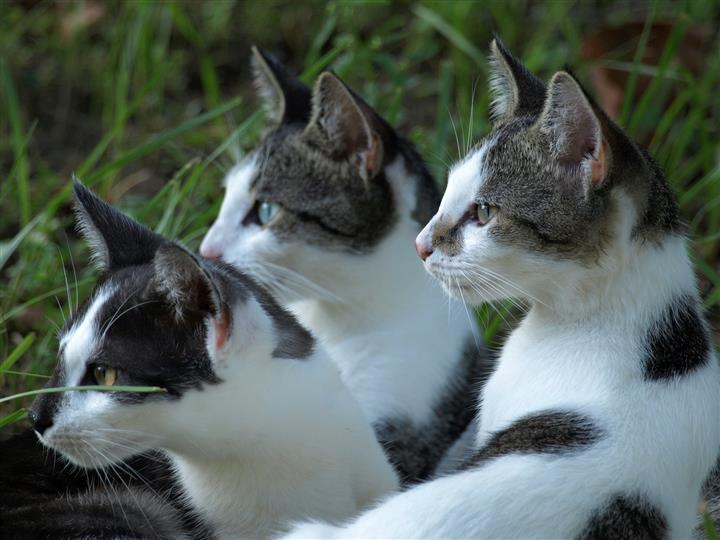- Cinnamon (Cinna, Moomoo) is orange, 8 years old, an alpha cat and Adam’s daughter’s favorite
- Scrappy is orange and Meredith’s favorite
- Oliver is orange (you’ll see the video below of Oliver purring)
- Sneakers (Binky) is black and white (tuxedo)
- Oreo is also black and white, an alpha cat and the oldest at 12 years. He’s Adam’s favorite (is actually Adam’s son’s cat but came back home)
- Obi is grey and was the runt of the litter. He’s shy and a “scaredy cat.”








In case your mobile device doesn’t show this precious video: Oliver purring IMG_0912
Do you have a pet bird? Or a pet lizard? Or a horse, alpaca, cat or dog?
We’d love to share your stories about your life as a T1 with your amazing pet!
Please send me an email (joanne@TheSavvyDiabetic.com) with a bunch of pictures and a few stories … you and your pet will be a Friday feature!
 Purring is a pretty common sound that cats make, especially if they are totally relaxed or feeling affectionate. The general consensus is that cats purr when they are content, but they also purr to communicate a lot of different emotions like urgency or apprehension.
Purring is a pretty common sound that cats make, especially if they are totally relaxed or feeling affectionate. The general consensus is that cats purr when they are content, but they also purr to communicate a lot of different emotions like urgency or apprehension.
The kind of purr frequency depends on what kind of cat, but domestic cats purr at a frequency of 18 to 20 Hz. These vibrations have been studied and are believed to have healing properties, which may be why cats purr in the first place.
Read more about all the benefits of purring: health Letting Your Cat Purr On Your Body Can Have A Huge Impact On Your Health


 Cat lovers know it to be true: There’s nothing like cuddling with your cat, rubbing them behind their ears, and listening to their content little purrs. Cats have the uncanny ability to brighten up our days, just like this little feline who demands attention, and it’s an added bonus if they are so happy, they’re purring.
Cat lovers know it to be true: There’s nothing like cuddling with your cat, rubbing them behind their ears, and listening to their content little purrs. Cats have the uncanny ability to brighten up our days, just like this little feline who demands attention, and it’s an added bonus if they are so happy, they’re purring.

I love this!! Adam, and fam, you rock!! See ya on fb!!
Aww, what gorgeous cats! You post about them a bit, but it’s nice to have a list of them all now.